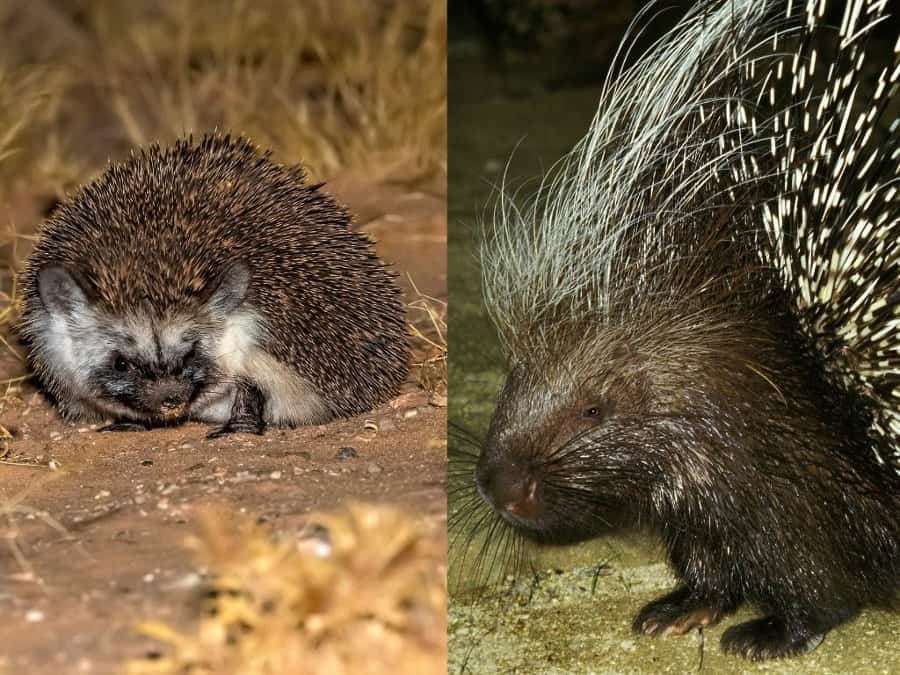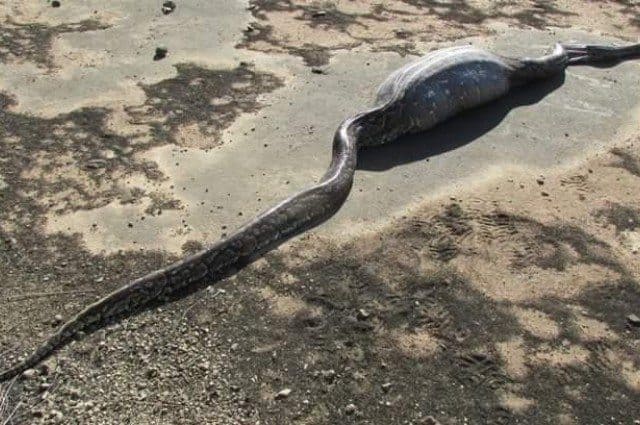How sharp are you when it comes to porcupine facts? Well, at least one or two of the interesting things in this list will likely surprise you.
To some, porcupines may appear to be cute and cuddly. Many kids’ stores even stock stuffed toys in the character of porcupines.
However, anyone who has stumbled upon a porcupine quill will know just how prickly these creatures are in reality.
Porcupines live all over the world, from the stocky Cape porcupine in South Africa (and across central and southern Africa) to the North American porcupine known as the New World porcupine.
These large rodents are the perfect example of a diverse species. Below are some fun facts about the fascinating creatures and a few answers to some earnest questions.
Porcupine Fun Facts
Let’s take a look at a few facts about porcupines for kids and adults to learn more about these spiky animals.
You might spot some key differences between porcupines and hedgehogs too.
1. Do porcupines shoot their quills? Not really!
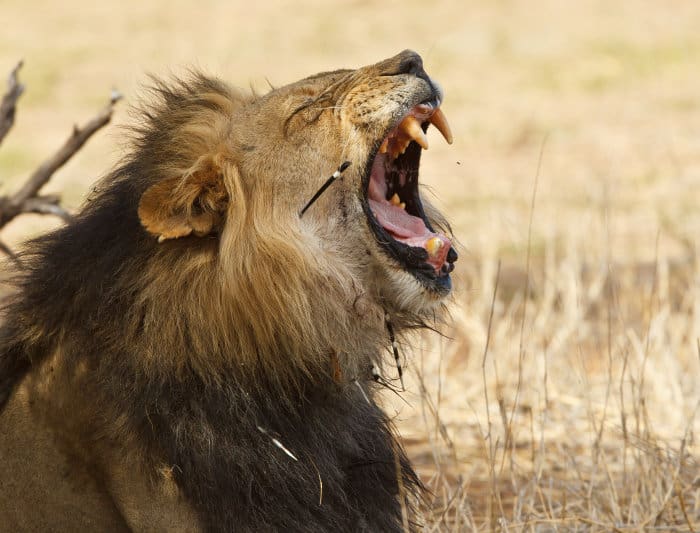
Arguably the most identifiable characteristic of the porcupine is their quills. Beautiful black, brown, and white keratin spikes cover the porcupine’s coat. The quills are in the skin and muscles of the animal.
These quills keep the rodent safe from predators and can even prevent a pride of lions from taking a porcupine down. But there seems to be a lot of confusion about whether porcupines shoot their quills.
The answer is “no”. Porcupines do not shoot their quills in the way that you would imagine shooting an arrow. Instead, the quills detach very easily.
This means that the slightest unwanted touch from a predator can fix dozens of painful quills into the porcupine’s enemy.
2. What do porcupines eat in South Africa?
Have you ever wondered, “what do African porcupines eat”? Porcupines are herbivores, meaning that they only eat plant material.
Porcupines eat plant matter, including fruits, roots, tubers, bulbs, and bark. The adapted biological make-up of the porcupine helps with the ingestion of this diet.
For example, the Cape porcupine has a long small intestine and large caecum (which connects the two intestines). This allows for an effective fermentation to break down the tough food materials.
Interestingly enough, reports show that porcupines may gnaw on carrion and bones. Although this deviates from their herbivorous diet, it doesn’t change their dietary classification.
3. A porcupine’s scientific name is Erethizon dorsatum and Hystricidae
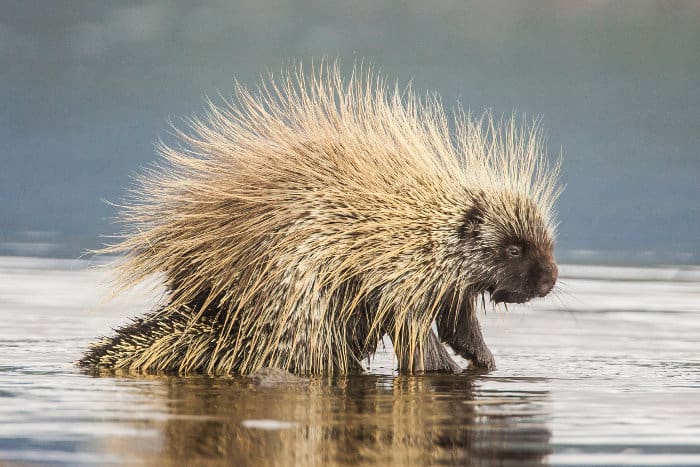
The porcupine has quite an interesting heritage. The species’ scientific name depends on whether it belongs to the Old World porcupines of the Hystricidae family or the New World porcupines that are a part of the Erethizontidae family.
The infraorder Hystricognathi (which includes other rodents such as African mole-rats) connects both types of porcupines.
But what’s the difference between New World and Old World porcupines?
4. New World and Old World porcupine habits
Although both the New World and the Old World porcupines boast a similar coat of quills, they are two distinct groups and not as closely related as you would imagine.
The Old World porcupines live in southern Europe, Asia, and across Africa. This group consists of large, nocturnal, land-based animals.
The New World porcupines live in North and South America. They prefer wooded habitats and are apt at climbing trees. They are also smaller and more diurnal than their Old World counterparts.
5. Lost African porcupine quills are quickly replaced by new ones
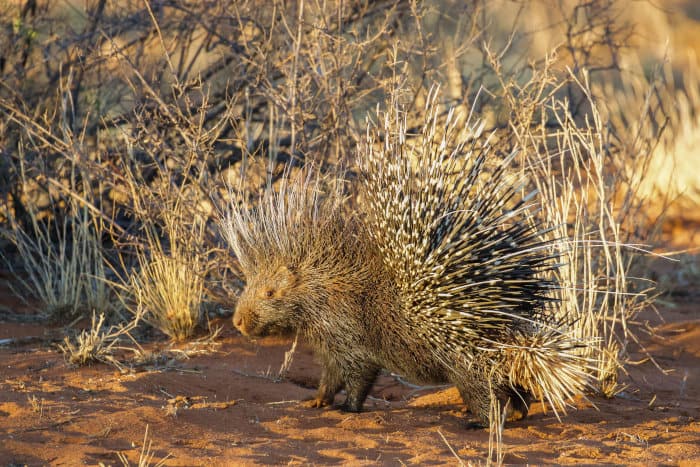
You may not know too much about porcupines, but the chances are that you know about the quills that protect their soft bodies.
At any given time, a porcupine has up to 30 000 quills covering its body. As mentioned, porcupines don’t shoot their quills, but they do detach fairly easily.
As a result, it’s quite common to find porcupine quills lying on the ground in the wild.
Luckily, the loss of their quills doesn’t leave them unprotected. New quills quickly replace lost ones.
In fact, “successor” quills start emerging only a few days after the earlier ones come out. So it’s less common to come across a porcupine without quills.
6. Porcupines are solitary animals
For the most part, porcupines are solitary. This is especially true with males, who spend most of their lives wandering around quietly on their own.
The only time these animals are more vocal is during breeding season, as they will fight (or dance) for the right to mate.
Like the males, female porcupines spend most of their days alone. Exceptions include reproduction and the times they spend caring for their young.
7. The female initiates contact during mating season
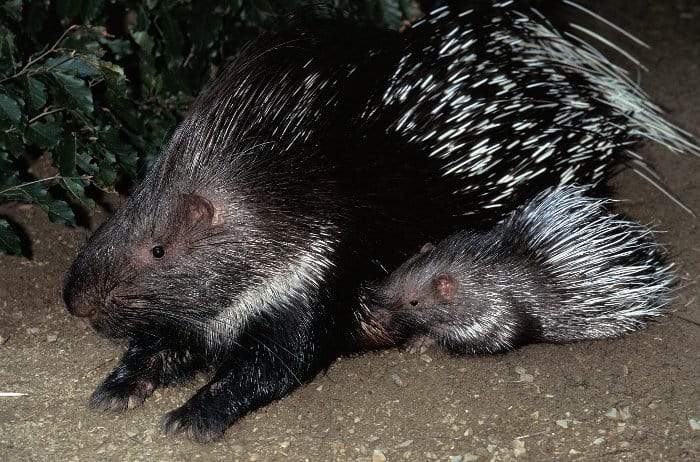
There are several animal species where the female initiates mating – known as “sex role reversal”. For example, many female monkeys and chimpanzees advertise their sexual readiness.
The porcupine is another one of these species. During the mating season, the female porcupine will initiate close contact with the male.
After mating, the female usually births two babies, and the parents will share the responsibility of caring for the young ones.
8. Porcupettes are baby porcupines
The name “porcupettes” is as cute as the baby porcupines look.
Porcupettes are born with quills, but luckily for the mother, these quills are soft and only harden a few hours after birth. This quick hardening protects the baby from predators early on.
Little porcupettes weigh about a third of their mother’s weight. The baby will suckle from its mother for 4-5 months. During this time, they’ll learn to forage for themselves and even climb trees.
The young porcupine will only stay with its parents for a couple of months, before heading off on its own and beginning a solitary life for the next 15-18 years.
9. The largest porcupine grows to roughly 90 centimeters

Porcupines are the largest rodents in Africa and the second-largest in North America (after the beaver). If you’re ever lucky enough to see a porcupine in person, you’ll note how big they can actually be.
The North African crested porcupine is the largest. It can grow up to 90 centimeters long and weigh up to 30 kilograms.
Another large porcupine is the Cape porcupine which can measure up to an impressive 81 centimeters from its head to the base of its inconspicuous tail.
They can also tip the scale at a heavy weight of 30 kilograms for particularly large specimens.
10. Where do porcupines live?
Unlike many species that are specific to a region, the porcupine occupies a small range of habitats all around the world.
The porcupine habitat is incredibly diverse. They prefer tropical and temperate climates but will thrive in the appropriate conditions no matter where they are in the world – particularly in parts of Asia, Southern Europe, Africa, and North and South America.
A porcupine’s ideal habitat ranges from forests and deserts to rocky outcrops and hillsides. Old World porcupines tend to live best on the rocky landscapes, whereas New World porcupines usually live in trees.
Although some adult porcupines live alone, you may find a small group of porcupines living together, particularly during the winter months. This cute group of porcupines is known as a prickle.
If you enjoy safaris, you’ll find that porcupines are a common species on the list of must-see animals in Africa. So, make sure that you keep your eyes peeled the next time you enjoy a Kruger National Park safari.
11. Are porcupines nocturnal or diurnal animals?
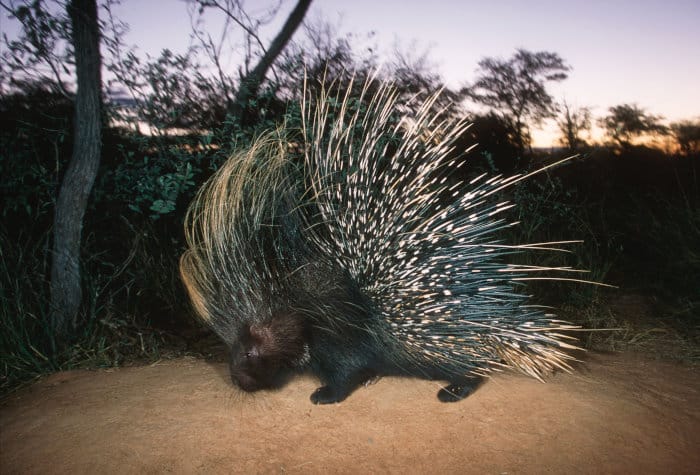
Porcupines are nocturnal animals, mainly active at night.
Do porcupines come out during the day? Porcupines spend their days resting in hollow trees and logs.
It’s very unlikely that you’ll come across a porcupine during the day. If you do, it could mean that they are sick or there’s a danger in their den.
As nocturnal animals, they do most of their foraging at night.
While porcupines may be a popular animal to add to your safari-spotting list, you may find the challenge to be a little more difficult than spotting the likes of the African antelope. This is mostly due to the nocturnal nature of porcupines.
12. Are porcupines smart?
Porcupines are highly intelligent animals with fantastic memories. Their ability to learn quickly has probably contributed to their lifestyle adaptation, which keeps them protected from predators during the day.
Additionally, their intelligence can be seen through their ability to communicate to one another. These spiky animals make a variety of sounds and vocalizations, which other porcupines can hear from a considerable distance.
Sounds porcupines make include clicks, coughs, grunts, moans, and whines. Porcupines are particularly vocal when threatened, as well as during the mating season.
13. Do porcupines climb trees?

In case you haven’t picked it up yet, porcupines are fantastic tree climbers. Their long claws and excellent balance allow them to grip and scale even the tallest of trees.
Although porcupines have their quills to protect themselves from predators, such as lions and hyenas, their first choice is to flee. This can lead to them climbing trees. However, porcupines mostly do so to forage for food.
Can You Match the Spiky Porcupine’s Intelligence With These Facts?
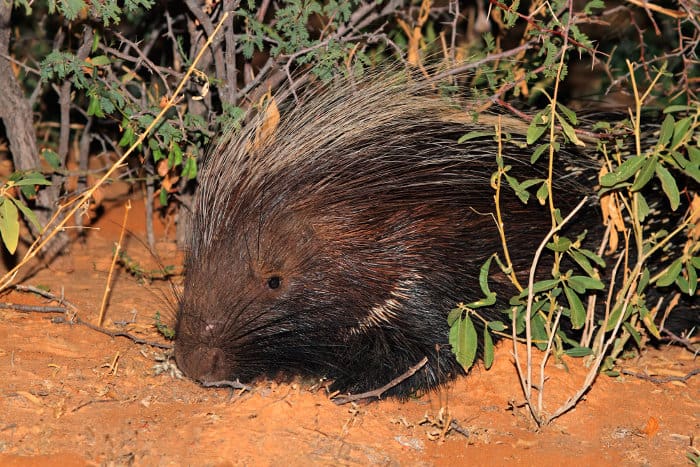
It’s an old Native American tradition to collect porcupine quills as a form of decoration. And there are many African folklore stories about how the porcupine got their quills in the first place.
Needless to say, porcupines are fascinating creatures.
Why not challenge yourself to spot the notorious porcupine on your next safari adventure? Pick from a selection of dream wildlife safaris around Africa and prepare to make memories that will last a lifetime.
If learning about this prickly creature piqued your interest in having a wild adventure, book your Africa safari and enjoy a spectacular experience.

